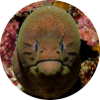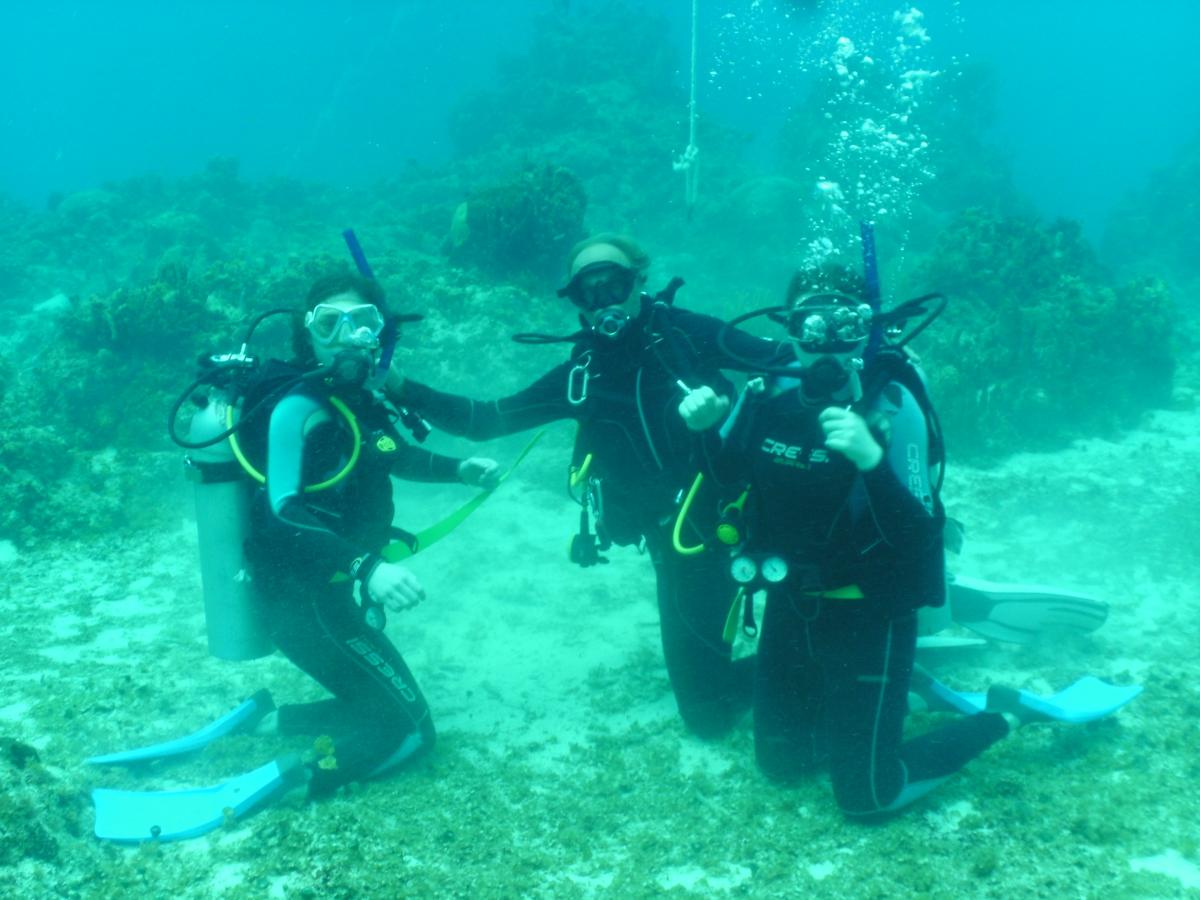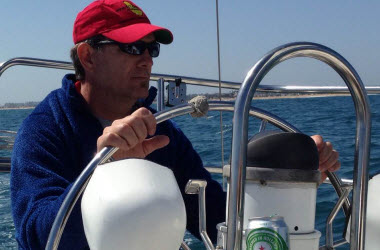January 19, 2016
Starting a marine science program at New Covenant High School in landlocked Lynchburg, VA was not on my “to do” list as I read the Spring 2013 issue of Alert Diver. Yet that is exactly what happened, and two years later I am happy to report eleven students have completed the course and earned their PADI open water certification.
That Alert Diver issue carried a “Dive Slate” piece detailing the work of a group of people in another landlocked location: Boulder, CO. The group, Ocean First Education, had designed a web-based marine science curriculum aimed at getting young adults interested in the ocean. With my background in education and a passion for scuba diving, I began thinking about the possibility of marrying a marine science course with a spring break trip dedicated to scuba diving. Despite my enthusiasm, I knew many others would have to say, “Yes,” to authorize the program.
First on my list to contact was the staff at Ocean First Education. I sought permission for the school faculty and me to view the curriculum for free. The team members from Ocean First Education - Sage Dalton, Cyndi Long, and shark expert, Dr. Mikki McComb-Kobza – were very eager to help and generously provided pass codes so school administrators and I could see the course content. Over the summer of 2013 my colleague, Scott McCurley, and I read the material. We liked the content and began discussions with our academic dean to advocate for the course.
As I saw it, there were two great benefits of the Oceans First Education course, called Marine Science 101: first, the course was written at a grade level appropriate for an upper level high school student; and second, with Marine Science 101, the “wheel had already been invented.” None of the teachers at the school would have to take on the load of teaching a new course, and no new textbooks would have to be purchased. Scott and I could act as course supervisors, checking student progress through online admin tools in the course itself.
Convincing our academic dean, Lance Collins, was straightforward. When Lance wanted to see my scuba gear and get an explanation about how it all worked, I knew he wouldn’t say, “No.” Lance communicated his recommendation to headmaster, John Heaton, who then agreed to bring the idea before the school board at a December 2013 meeting. Board members enthusiastically supported the idea, which then allowed Scott and me to start planning the scuba portion of the course.
The high school had a long running program of foreign study. Trips to either Rome or London had taken place annually, and Scott and I used the budget for those trips - $2500 per student – to plan our scuba excursion. We narrowed possible trip locations down to two: Grand Cayman and Cozumel. Eventually, Cozumel won out, in part because of another Alert Diver article detailing the great diving there.
Summer of 2014 came and went, and when the students returned in late August, sign-up notices went out. Scott and I had previously agreed that a minimum of ten students would be required, and with only 100 high school students total at the school, we wondered if there would be enough “Yeses.” By the deadline in September we had eleven! We began meeting with the students in November. Scott and I would assign units from the course and then discuss the material at the next meeting. During this time, the team at Ocean Classrooms made improvements to the course, adding videos and other features. As a bonus, Dr. McComb-Kobza graciously agreed to a Skype session with us, and the students were treated to a wealth of information from one of the world’s leading shark experts.
The new year brought anticipation for the scuba trip, which was scheduled for late March. The students finished their readings in Marine Science and began working on the PADI e-learning curriculum. Scott and I discussed the benefits of DAN membership, and several of the students either became full members or took advantage of the free, introductory chamber insurance offered by DAN. When the travel day arrived chilly and rainy, I knew the students would be very happy once we reached Cozumel.
The diving in Cozumel was excellent. All students certified within three days, and the sea creatures seen included Hawksbill and Loggerhead Turtles, Green Moray Eels, Spotted Eagle Rays, Groupers, and a variety of reef fish. Smiles were in plentiful supply during the trip, which let me know the students were having a grand time. Looking back, many people could have put the kibosh on the program for a variety of reasons: liability, cost, the curriculum. But no one said, “No,” and as a result there are eleven young adults who now have a better understanding of their ocean planet and the life that lives in it.
Mr. Joe La Magna, our guest blogger, teaches at New Covenant Schools in Lynchburg, VA.
Photos by Elizabeth Vanderburgh



